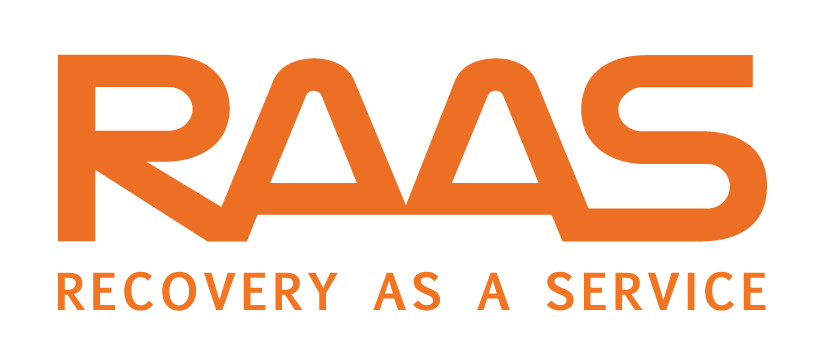Backing up the data and information of a company is mandatory so there are no unpleasant surprises! However, data backup is not enough. When there are problems in the infrastructure of a company, it is essential that there is a disaster recovery operation, so that all information is restored and there are no too-long stops of business activity. The disaster recovery encompasses much more than simply safeguarding the data. In today’s article, we cover the key differences between data backup and disaster recovery!
What is a data backup?
A backup is the process that copies the data to a secure location where it can be recovered in the case of information loss due to infrastructure errors or natural disasters. There are several types of backups.
Full Backup: This type of backup, as its name implies, makes the complete copy of all the existing files in a certain environment or server. In this situation, there is a reliable and complete reproduction of all existing information. This type of backup is the one that has more storage space and is also what takes the longest time to get full. However, it ensures that all existing data is safeguarded and is the basis for the existence of a disaster recovery plan, ie it is the first step in recovering the entire environment or server in case of total loss of data.
Incremental backup: This type of backup copies the data that has changed since the last incremental backup, which causes a smaller amount of data to be copied. This causes the process to finish faster and require less storage space. Because a complete copy of the data is not made, this is the fastest backup type. It should be noted that this type of backup should be done quite frequently, so there is no risk of data loss.
Differential backup: It is a backup type very similar to incremental backup. The main difference is that in this situation the data that has changed since the last full backup has been stored, which causes more data to be stored than the previous backup.
Continuous incremental backup: This is the latest backup mode and has been widely used by businesses. It is similar to incremental backup, but ensures greater data availability. This type of backup allows the automation of the data recovery process, freeing the user from the task of verifying which databases need to be recovered. This mode works like a complete backup, with enough agility and transparency, being very fast the data recovery. It also has the advantage of consuming little storage space.
Currently the best solution is to back up in the Cloud as it ensures higher levels of security and data can be consulted and retrieved from anywhere on any device with an Internet connection.
What is a disaster recovery solution?
A disaster recovery solution is a very complete process that guarantees data protection and recovery in case of failure. Backup is part of disaster recovery, but it is only one of its components. Disaster recovery is a very complete solution since in addition to copying the data it also ensures its restoration efficiently in case of natural disasters or infrastructure failures. This type of solution has as its main objective to eliminate (or at least to minimize on a large scale) the downtime of a company due to failures.
The loss of data in a company can be fatal, even leading to its bankruptcy. In addition, a company that sees your data exposed will need to recover its good image and recover the trust with customers and other stakeholders. According to Gartner, only 35% of small and medium-sized companies are betting on a disaster recovery plan and these are the ones that most easily succeed. Thus such a solution is essential to minimize (and in some cases eliminate) the damage caused by the exposure of confidential data.

